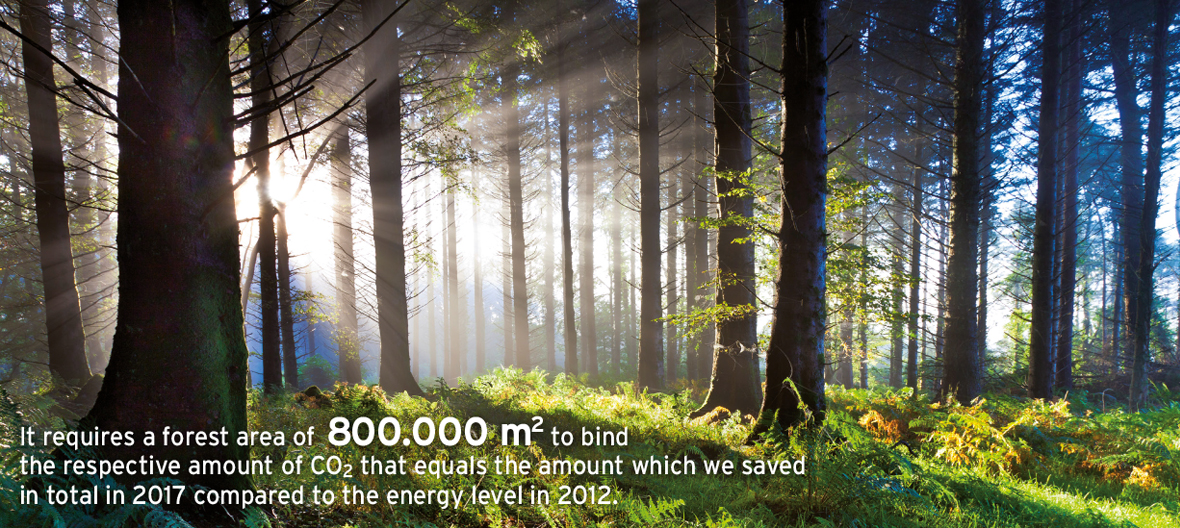Environment/Energy
Global objectives can only be successfully implemented by acting locally. It is decisive to actually do something locally for the environment and this involves local businesses.
Every human action has a long-term impact on the environment. The aim of environmental protection at Zimmermann-Graeff & Müller is to organise our efforts in such a way that any impact on the environment is avoided or kept to an absolute minimum.
With this in mind, measures for waste reduction and recycling, water and energy saving as well as for the reduction of waste water and air pollution are foremost.
Our energy policy envisages an important principle and obligation to the ongoing reduction of energy consumption and to the reduction of the burden for the environment.
A key focus of our measures is technical improvements which will contribute to using energy economically. At Zimmermann-Graeff & Müller great efforts have already been taken particularly in this area in order to significantly reduce the specific energy needs of the company. Replacing lighting facilities, insulation measures and the use of energy-saving engines are examples of how we have succeeded in reducing our specific primary energy requirements by 17 % over the last 4 years.
In 2016 a new photovoltaic system was installed which allows us to generate 900,000 kWh of electricity per year by ourselves.
The way our key performance indicators develop is shown in monthly bulletins. Giving information, training and motivating our employees is another significant contribution to the successful implementation of environmental protection measures.
Through these numerous measures we have been able to and will continue to improve our key performance indicators. We can thus save valuable raw materials and reduce emissions to the environment.
The energy saving measures implemented in 2017 led to savings of 1050 tons CO2 emissions in comparison to the reference year of 2012. Approx. 800,000 m2 of forest are needed to bind the same amount of CO2. I.e. Zimmermann-Graeff & Müller would have had to plant 800,000 m² of forest in order to achieve the same amount of CO2 reduction.

